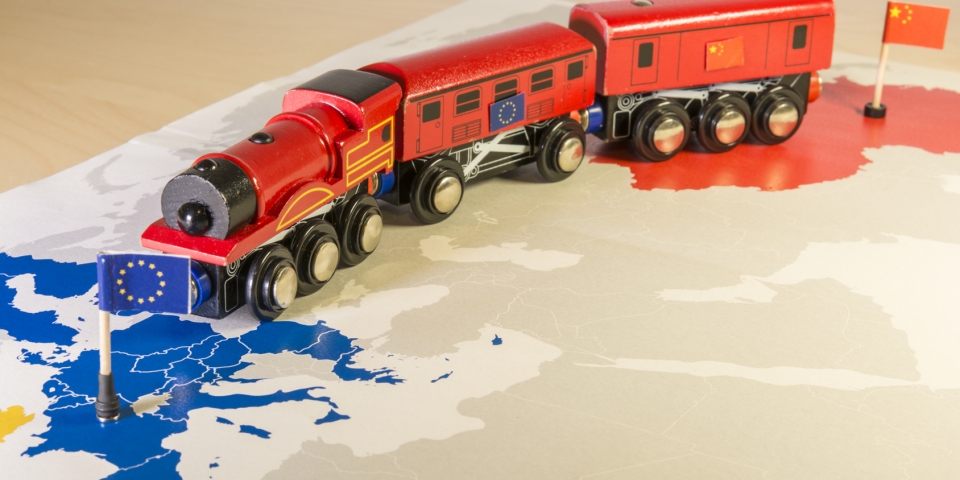


The Belt and Road Initiative is the biggest infrastructural investment program in history.
The vast scale and large sums of money involved in the project may seem unattainable to many small and medium-sized enterprises. However, there are signs of change. New opportunities are likely to develop thanks togreater engagement by EU countries and European banks. The European Bank for Reconstruction and Development has launched its “Small Business Initiative” and large companies involved in the Belt and Road Initiative increasingly look to smaller, more specialized companies to fulfil contracts. In other words, smaller projects and market opportunities suitable for SMEs areemerging.These opportunities lie in areas such as early stage development of projects, advisory services,and the subcontracting of specialized supplies or services.
The Belt and Road initiative is made up of many different routes, each of which has its own amenities, features, and history. Furthermore, within China itself, the Belt and Road initiative covers many provinces, each of which approaches the project in a different way, depending on the requirements of the local economy. For EU SMEs wanting to participate in, and benefit from, the development of the Belt and Road Initiative, it is key to prepare sufficiently by identifying appropriate countries, Chinese provinces, sectors, projects, and Chinese partner as early as possible. Careful planning and due diligence beforehand will help EU SMEs take advantage of the Belt and Road Initiative in the most effective way possible and minimize the risks of operating in such a diverse and rapidly-changing economic area.
This report provides a basic, but comprehensive overview of how each country and each Chinese province involved contributes to the Belt and Road initiative. Moreover, it reveals how each geographical area offers promising and distinct opportunities for EU SMEs. The last chapters of this report also discuss the opportunities for specific sectors, including energy, infrastructure, logistics, finance and e-commerce.
Table of Contents
1. Overview
2. Economic Corridors
3. Key BRI Provinces
3.1. North West
3.2. South West
3.3. South and South East
4. Key BRI Sectors
4.1. Infrastructure, Energy, and Built Environment
4.2. Structured Finance
4.3. Agriculture and Environment
4.4. E-commerce and Logistics
5. Conclusion